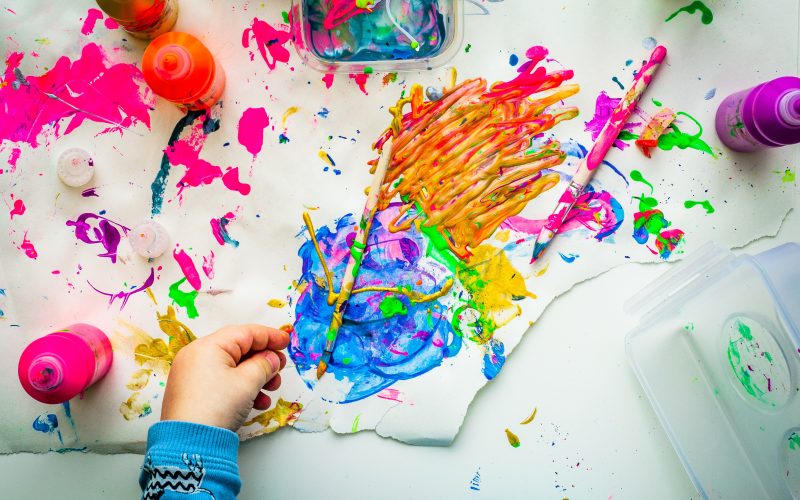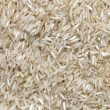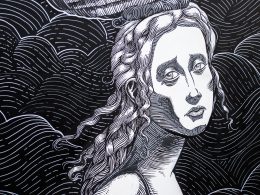In a world filled with hustle and bustle, stress and anxiety have become unwelcome companions for many. The constant demands of modern life can take a toll on our mental and emotional well-being, leaving us yearning for moments of tranquility and inner peace. Fortunately, there is a path to healing and wellness that can be found in the strokes of a paintbrush, the dance of colors on a canvas, and the creative expression of art.
Art has long been recognized as a powerful medium for self-expression, communication, and exploration of the human psyche. From ancient cave paintings to Renaissance masterpieces, artists have used their creations to convey emotions, tell stories, and capture the essence of the human experience. However, art’s therapeutic benefits extend beyond the realm of aesthetics and appreciation; it has the potential to be a transformative tool for healing and personal growth.
One of the ways art promotes healing is through its ability to induce a state of flow, a concept popularized by psychologist Mihaly Csikszentmihalyi. Flow is characterized by complete immersion in an activity, where one’s skills and challenges are in perfect balance. When engaged in creating art, whether it be painting, drawing, sculpting, or any other form, individuals often enter this state of flow, losing track of time and transcending their everyday worries and stresses. This focused concentration on the artistic process provides a respite for the mind, allowing it to recharge and find serenity.
Moreover, art serves as a powerful outlet for emotions. Often, words fail to adequately express the complexity of our feelings. In these instances, art becomes a non-verbal language, enabling individuals to communicate and process their emotions in a safe and cathartic manner. The act of creating art can be an emotional release, allowing for the exploration of deep-seated emotions, unresolved traumas, or hidden desires. It provides a way to externalize internal struggles, transforming them into tangible and visual representations that can be observed and reflected upon. Through this process, individuals can gain insight, find solace, and gradually heal emotional wounds.
Engaging with art also encourages mindfulness and promotes self-awareness. When engrossed in the creative process, individuals become attuned to the present moment, focusing their attention on the here and now. This state of mindfulness cultivates a deeper understanding of oneself, fostering self-reflection and introspection. By observing their artistic choices, preferences, and the messages conveyed through their creations, individuals gain valuable insights into their own thoughts, beliefs, and identities. Art offers a mirror through which one can explore the depths of their being, unearthing buried aspects of themselves and fostering personal growth.
Art therapy, a discipline that combines psychological techniques with artistic expression, has gained recognition as a valuable tool in the realm of mental health. Certified art therapists work with individuals to harness the healing power of art, tailoring interventions to meet specific therapeutic goals. Through the creation and analysis of artwork, art therapy can help individuals confront and process traumatic experiences, manage stress, enhance self-esteem, and develop coping strategies. This collaborative process between therapist and client provides a supportive environment for exploration, growth, and healing.
However, one need not be an artist or work with an art therapist to experience the therapeutic benefits of art. Simply engaging in art as a hobby or recreational activity can bring forth a sense of serenity and well-being. Whether it is sketching in a notebook, doodling on a scrap of paper, or experimenting with different artistic mediums, the act of creating art can be a deeply fulfilling and meditative practice. It invites individuals to embrace their innate creativity, tap into their imagination, and connect with their authentic selves.












